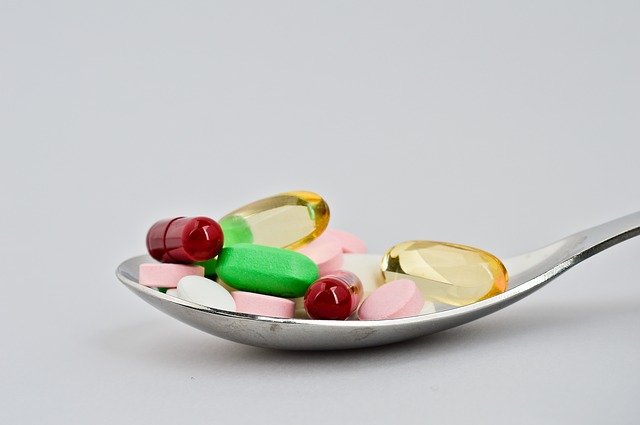One of the factors that most influence the speed of the development of a dependency on drugs is the route by which the substance is administered, which determines the speed with which the effects occur: the intravenous route and smoking are much faster and addictive than the orally.
Common Factors
Although there are common factors to all drugs of abuse, each drug has a particularity because it activates a different stretch of the biological support; the biological mechanisms of reward (or pleasure) of mammals. Some drugs are more powerful and others less so. Some drugs produce hallucinations – voices, visions, or other perceptions without external stimuli to justify them. Some produce alterations in the perception of things (such as the so-called “tripies”, LSD, etc.), others. They are psychostimulants (they activate producing an increase in activity, a feeling of euphoria and potency (such as cocaine or amphetamines), others are relaxing and disinhibiting (such as alcohol and tranquilizers). Drugs and their clinical characterization and treatment are often more difficult for obvious reasons.
Opiates
A person who suffers from eating disorders that can lead to drug use. Heroin, methadone, codeine, morphine, buprenorphine, and many others belong to this group of drugs. They are drugs that are abused and dependent, but also very useful drugs in the treatment of pain, cough, diarrhea, etc.
The most widely used opiate as a drug of abuse is heroin, a highly addictive poison that is used intravenously or smoked and produces an initial feeling of euphoria and a subsequent feeling of tranquility, and at the same time, it has a feeling of well-being and emotional indifference to the environment. Its regular consumption produces tolerance, dependence, and a well-known and unpleasant withdrawal syndrome that initially produces sweats, restlessness, “goosebumps”, runny nose, and that if not thirsty is treated, it evolves to pain, agitation, violent tremors, muscle cramps, etc. Heroin use is also associated with many medical problems, derived from the use of the poison; and of intravenous injections without hygiene (AIDS, infections, kidney problems, etc.).
Inhalants
Inhalants are a heterogeneous group of volatile substances such as paints, glues, glue, varnishes, and fuels. These are consumed by inhalation and cause feelings of unreality, dizziness, euphoria, etc. They are usually used by young people with little economical means. They are usually toxic substances and the regular consumption of many of them is associated with brain, kidney, lung, and liver damage.
Nicotine
It is another substance of abuse widely used worldwide, clearly harmful, for well-known problems (lung cancer, bronchitis, and other pulmonary and cardiovascular problems). It is a very addictive substance that creates tolerance, dependence, and withdrawal syndrome, although milder than with other toxins.
Scientific Evidence
There is growing scientific evidence that some drug-addicted patients with psychiatric comorbidity (that is, who present in addition to addiction other psychiatric disorders such as mood disorders, anxiety disorders, psychosis, brain injury disorders, etc.) may have a common vulnerability (genetic or otherwise) for both disorders. This fact should not be surprising; if it is known that abusive drugs all act in brain areas whose dysfunction (studied with modern neuroimaging techniques and with others) gives rise to characteristic symptoms of psychiatric disorders that are well known and defined today.
Conclusion
There are other substances of abuse, although not all produce dependence or withdrawal, their excessive use is harmful. These are anabolics, food supplements, homeopathic products, nasal sprays for colds, etc. A significant percentage of patients, who have addictions to drugs have other psychiatric disorders, as appropriate, can be seen as a cause or consequence of addiction. To get more details of this, visit https://www.ascendantny.com.

